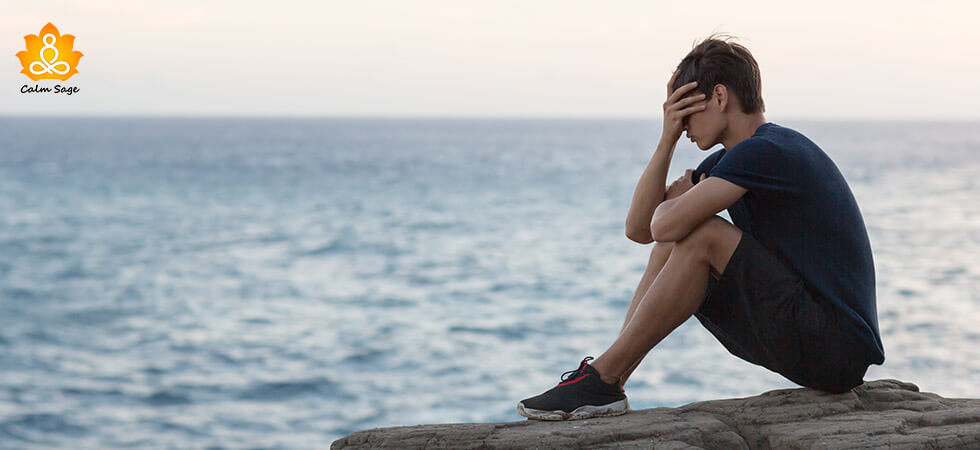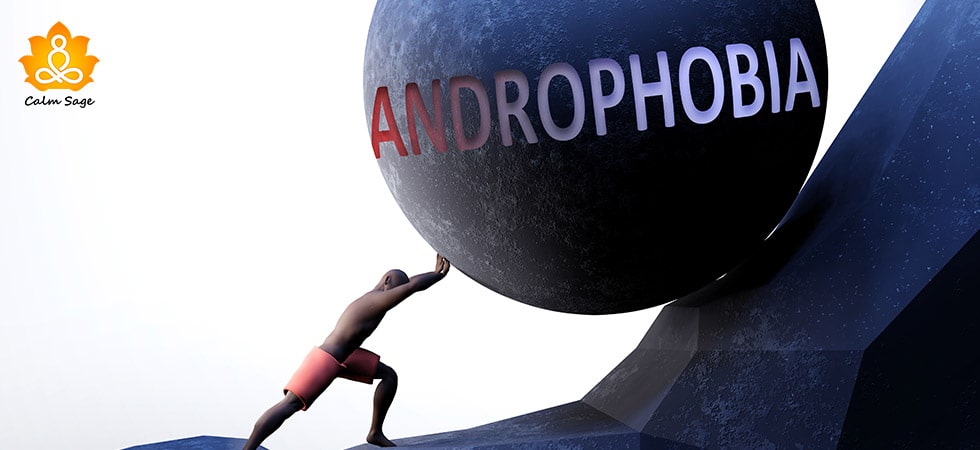Thalassophobia (Fear Of Large Water Bodies): Symptoms, Causes, And More

Fear of large water bodies like the sea, ocean, large lakes, and waterfalls is referred to as Thalassophobia. People who experience thalassophobia or fear of the ocean feel anxious about being around or diving into the ocean. If going around or diving into the water bodies makes you restless but also makes your experience worthy, then you might not have Thalassophobia.
The Meaning of Thalassophobia:
Thalassophobia: Derived from a Greek word, Thalassa which means sea, and phobia means fear.
The phobia related to large water bodies can be identified by an intense fear which starts affecting the quality of life. This phobia should be intense enough to interfere with the enjoyment of finding peace in large water bodies like enjoying boats or sitting at beaches. The major identification sign of thalassophobia is that it triggers panic.
In this blog, we have covered the symptoms, causes, and treatment, coping, and prevention techniques for thalassophobia.
Understanding Thalassophobia
Thalassophobia or fear of the ocean is a specific phobia that is referred to as an irrational fear of a particular entity in psychology. This phobia triggers the feeling of actual danger which causes impairment or distress in people.
Sometimes, people get confused between thalassophobia and Aquaphobia. But, these are two different phobias caused by different things. Aquaphobia is a fear of water.
Thalassophobia is categorized as an anxiety disorder in the Diagnostic and Statistical Manual of Mental Disorders (DSM-5).
Triggers of Thalassophobia
Thalassophobia or fear of the ocean can be triggered by being around or thinking about deep or large water bodies like:
- Lakes
- Pools
- Scuba diving
- Boat
- Cruise
- Submarines
- Photos, videos, or movies related to water bodies
Causes of Thalassophobia
I was not able to find more research or studies related to Thalassophobia. Some of the research shows that fear of the ocean can be contributed by the following factors:
- Genetics (family history or personality type)
- Brain circuit
- Past experiences
- Upbringing
Symptoms of Thalassophobia
The major symptom of thalassophobia is that it is triggered when someone is exposed or brought to think about deep water bodies. This fear can trigger panicking while swimming, being on a boat, or being unable to touch the bottom of a water body.
Additionally, it can also be triggered by looking at pictures or thinking of a deep or large water body. Everyone experiences thalassophobia differently. Therefore, a proper diagnosis by a certified mental health provider is a must. Below is the list of symptoms:
Emotional Symptoms of Thalassophobia
- Sudden onset of anxiety
- Fear of dying or losing control
Physical Symptoms of Thalassophobia
- Chest pain
- Chills
- Difficulty breathing
- Dry mouth
- Feeling dizzy
- Heart palpitations or increased heart rate
- Numbness
- Shaking
- Sweating
All of the above symptoms can cause drowning. Drowning can be risky while having triggers, therefore, if you or your loved one is experiencing such symptoms or triggers, connect with a mental health provider.
Treatment of Thalassophobia
Seeking treatment is very important for treating or coping with thalassophobia because it directly impacts the quality of life. To treat the symptoms of fear of the ocean, you need to get a proper diagnosis.
Thalassophobia is treatable with the right approach, experience, and techniques. Below are some of the treatment options for thalassophobia:
Exposure Therapy
Exposure therapy is one of the effective and highly recommended therapy options for treating fear of the ocean. Exposure therapy revolves around exposing a person to the source of fear so that fear can be reduced. Exposure therapy does not mean directly exposing yourself to the source but looking at the photos or views to make the client feel that they are not in danger. To learn more about Exposure Therapy, click here.
Cognitive Behavioral Therapy (CBT)
CBT is one of the famous and highly used forms of psychotherapy that helps in treating various types of anxiety disorders revolving around specific phobias. CBT helps in altering negative thoughts with positive thoughts or behavior. CBT and exposure therapy are used in combination for effective results and treatment. To learn more about CBT, click here.
Coping and Prevention Techniques of Thalassophobia
To effectively cope with the symptoms of thalassophobia, you must work on learning some self-help techniques like:
- Breathing exercises
- Progressive muscle relaxation (PMR) technique
- Mindfulness techniques
- Visualization techniques
- Self-care techniques
Above mentioned techniques can only be applied with ongoing therapy sessions; therefore, consider getting the right help today.
Related Read: Self-Help Tips for Phobias and Irrational Fear
Final Words:
Phobia like thalassophobia is common and treatable. Therefore, consider getting the right diagnosis and treatment approach.
I hope this blog helps you understand and prevent thalassophobia or fear of the ocean. Comment down and share your queries related to the fear of deep water or the ocean. For more such content, connect with us on all social media platforms.
Thanks for reading!




















